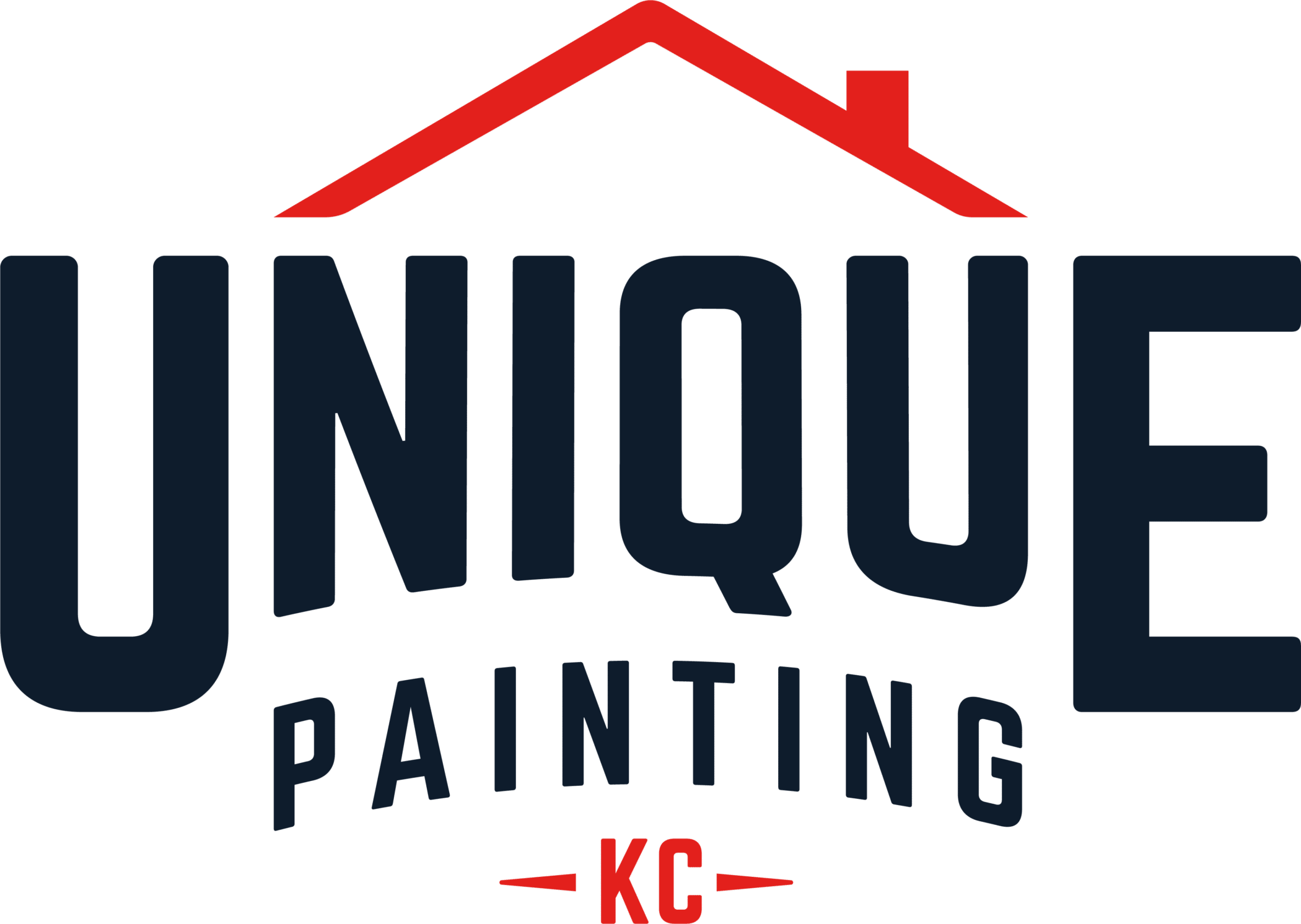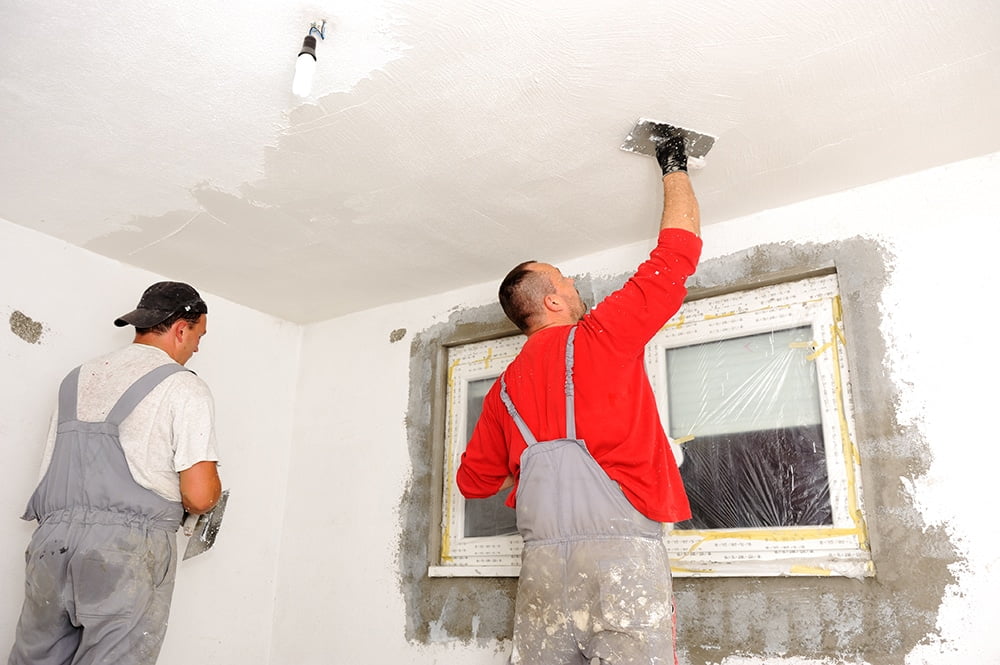Welcome to our 2-part series “How to Master Painting Drywall or Plaster.” Today we’re going to be talking about painting plaster walls.
Since plaster walls are making a comeback as far as how people are having their walls finished in new construction or remodels, let’s start with the pros and cons of choosing one or the other.
Advantages & Disadvantages of Drywall vs. Plaster
Drywall is the less expensive and labor intensive option. Drywall contractors can very efficiently hang drywall in a short amount of time, and drywall is by far the more popular option of wall finishes. Because drywall panels are thinner than plaster walls, drywall is not as effective of a sound barrier. But, drywall does provide a variety of options as far as insulation goes, making it a more energy efficient wall option.
Plaster is considered a high-end wall finish. The installation of plaster walls requires special training and skills making it more of a labor intensive process than hanging or repairing drywall. Aside from these factors, a plaster wall can create a texture and feel to your home that no other wall can match. It is also considered the more sound resistant option, but the lack of insulation may mean higher energy bills over time.
If the wall is finished already and just needs to be painted then here are some helpful tips for you — or you can always give us a call and we’re happy to help!
Painting Plaster
Many designers believe plaster walls display a subtle smoothness and depth that drywall cannot. While common to many older homes, plaster has also enjoyed a revival in popularity within newly constructed buildings — as a thin coating for sheetrock and as a green design option that involves lime plaster or clay plaster. Whether the plaster is newly installed or generations old, you can beautify the walls of your home with user-friendly, water-based paints. Just remember this: plaster walls will suck up anything you put on it so the primer is really important!
Plaster walls in homes built before 1978 may contain residual lead-based paint, which the U.S. Environmental Protection Agency (EPA) regards as a serious health hazard. Do not scrape or disturb old painted surfaces until you have used an EPA-recognized lead testing kit to confirm that the walls are lead free. These inexpensive kits are available at paint stores, hardware stores and home center outlets. If the test reveals the presence of lead, contact a certified lead abatement specialist or your regional public health department.
Smoothing Things Over
Plaster walls often have small dents, dings, cracks and nail holes that must be filled or smoothed over before a new coat of paint can be applied, especially in older homes. Gently scrape off any loose or flaking plaster with a putty knife. Any small holes and indentations should be filled with spackling compound. The excess material should be wiped off using a putty knife until the surface is uniformly smooth. If the hole is somewhat larger, the patch can be reinforced with mesh. The wall should then be primed with a white-pigmented shellac primer or an alkyd-based stain-blocking primer.
What about New?
Newly installed plaster walls should not be primed or painted until the material has dried completely — this usually takes about one month. Gently rough up any shiny or uneven areas with a sanding block, then remove the dusty residue with a tack cloth. The wall can then be primed using a stain-blocking primer, such as a film-forming, water-based primer. For greater protection, an alkyd primer or white-pigmented shellac primer penetrates into the plaster surface and forms a tough, protective film to which the topcoat can adhere.
Don’t Scrimp on Paint
For best results, apply an acrylic latex (water-based) paint using a high-quality synthetic fiber paint brush. Or, use a paint roller that’s equipped with a 1/4- to 3/8-inch roller cover. A flat or matte finish paint will help conceal any surface flaws on older plaster walls. An eggshell or semi-gloss paint will provide a washable surface for newer plaster that also resists abrasion and scuffing. In most cases, you can apply a second coat of paint two hours after applying the base coat. Check the manufacturer’s directions for exact re-coat times.
Join us next time when we’ll be giving you tips and tricks to ensuring everything goes on smooth when you paint drywall. Until then, if you have any questions at all, please don’t hesitate to give us a call!















